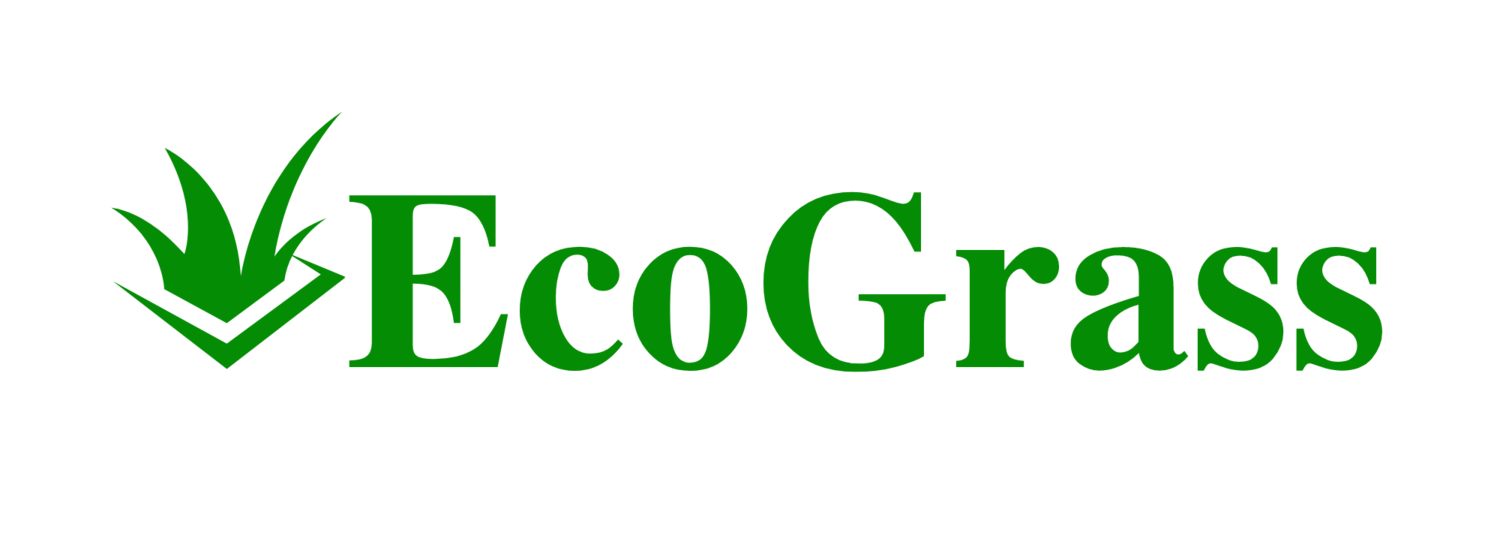Raking leaves off your artificial grass can seem daunting, especially if you're concerned about causing damage. Using the right tools and techniques is crucial to keep your turf looking pristine and prolong its lifespan. Lightweight plastic or bamboo rakes with curved tines are recommended to avoid harming the synthetic fibers.
Daily maintenance by picking up heavy items and debris can also prevent potential damage. This proactive approach helps maintain the aesthetic and functionality of your turf, ensuring it remains in peak condition.
Investing in tools specifically designed for artificial turf, such as a TurfComb or TurfGroomer, can provide a deeper clean without compromising the integrity of your lawn.
Equipment Selection for Raking Leaves on Artificial Grass
Choosing the proper equipment for raking leaves on artificial grass is crucial to maintaining the condition of your turf. The right tools will help you remove debris effectively without causing any damage.
Choosing the Right Rake
When selecting a rake for artificial grass, plastic or bamboo rakes are recommended. Metal rakes can be too harsh and potentially damage the synthetic fibers. Bamboo rake prongs are gentle on the turf yet effective in moving leaves.
Plastic rakes with soft, rounded tines are also suitable. Ensure the rake has enough width to cover a significant area while being light enough for easy maneuvering. A fan-shaped rake can help gather leaves efficiently without pulling up the artificial turf.
Avoid using metal rakes as their rigidity can harm both the grass blades and the underlying matting. Opting for tools designed specifically for synthetic turf will extend the life of your artificial grass.
Alternative Tools for Leaf Removal
Aside from rakes, there are other tools that can facilitate leaf removal. A leaf blower on a low setting is excellent for quickly blowing leaves off the turf without causing any surface damage. Leaf blower's controlled airflow prevents disturbing the grass layers.
Another useful tool is a soft-bristled broom. This broom can brush away leaves and other small debris gently. Check that the bristles are soft enough to avoid cutting the grass blades.
A shop vac can also be employed in regions with persistent wet leaves. Using the vacuum on a low setting, you can lift leaves without snagging the turf. Brushes with synthetic bristles are also beneficial for periodic cleaning and minimizing wear on the grass.
By employing these specified tools, you can maintain a clean, debris-free artificial grass surface without compromising its integrity.
Effective Techniques for Protecting Artificial Turf
When caring for artificial grass, it's vital to use proper methods to maintain its appearance and longevity. This includes using the right tools and techniques to avoid damaging the turf fibers and ensuring the lawn remains free of debris while retaining its drainage capabilities.
Proper Raking Methods
When raking leaves on synthetic turf, use a leaf blower or a lightweight rake with curved tines. Avoid heavy metal rakes as they can damage the fibers and backing. A bamboo rake or a rake with plastic tines is ideal because these are gentle on your turf.
Pick up larger debris manually to prevent any potential damage. After raking, utilize a stiff natural bristle broom to cross brush the turf. Cross brushing helps the turf blades stand upright again, maintaining a lush appearance. Regular raking and brushing ensure that your turf remains in excellent condition, especially in high traffic areas.
Maintaining Turf Health and Drainage
Artificial grass maintenance goes beyond just keeping it free of leaves. Ensuring proper drainage is essential to prevent standing water. Rake or brush the turf regularly to keep the infill evenly distributed. This supports good water flow and prevents matted down blades.
Inspect the turf for any standing water pockets and adjust the infill if necessary. Keeping the turf fibers upright also assists in maintaining effective drainage. Regular upkeep will ensure the health of your artificial grass, making it low-maintenance while retaining a natural appearance.

